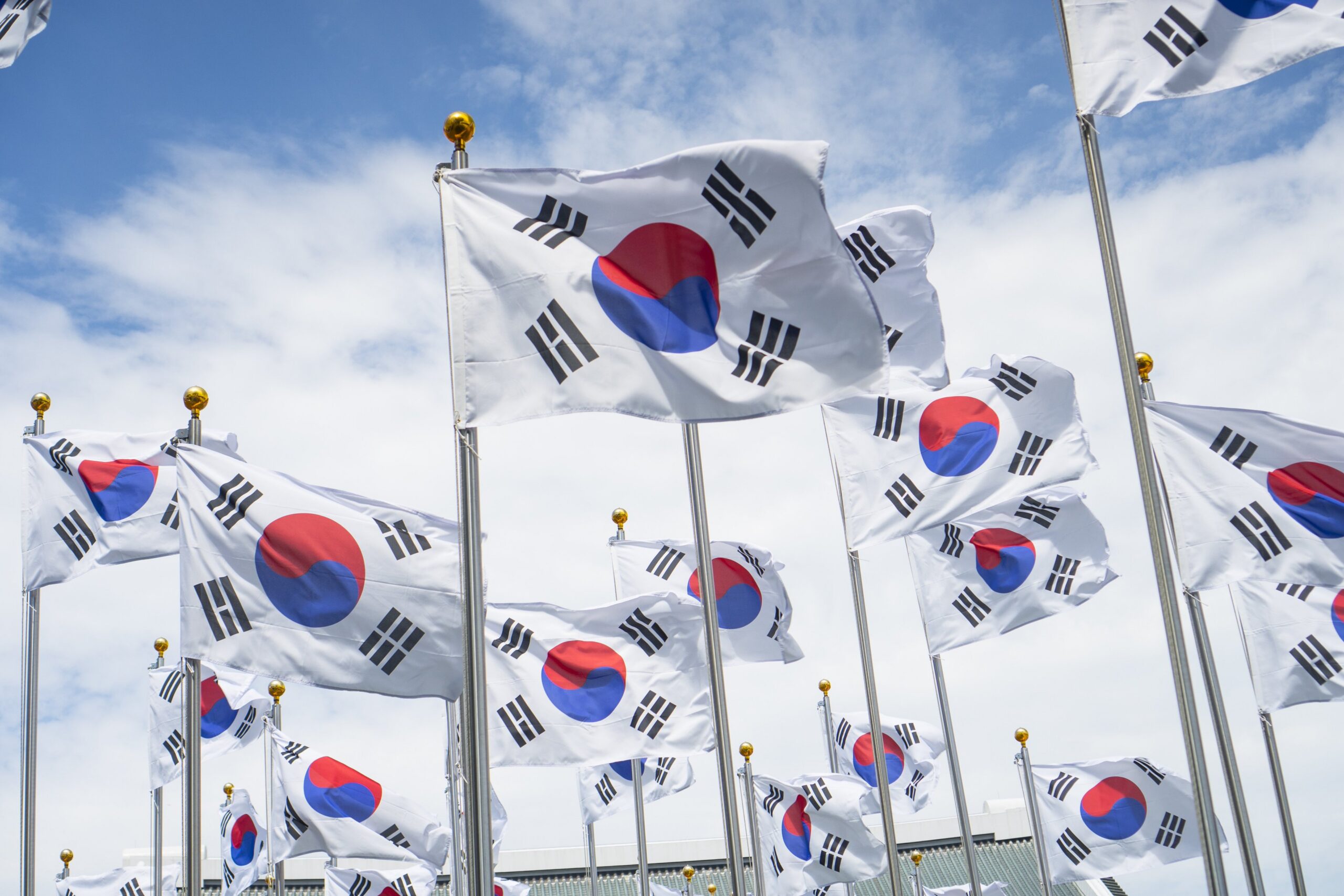Stablecoin innovation in South Korea has taken a significant step forward with the launch of KRW1, a won-pegged digital asset issued on the Avalanche blockchain. The initiative, led by Seoul-based digital asset firm BDACS, underscores the country’s growing interest in building a domestic stablecoin ecosystem as regulators move closer to establishing a legal framework for the sector.
BDACS announced the rollout of KRW1 on September 17 following a successful proof-of-concept trial conducted with Woori Bank, one of South Korea’s major financial institutions. Each KRW1 token is fully collateralized on a 1:1 basis with won held in escrow at Woori Bank, ensuring stability and credibility.
To strengthen transparency, KRW1 integrates real-time proof-of-reserves APIs, allowing users and institutions to verify backing at any moment.
The token will initially operate on the Avalanche blockchain, chosen for its security, scalability, and performance, with BDACS signaling plans to expand issuance to additional networks. Beyond the technical launch, the company has developed a supporting framework for peer-to-peer transfers, transaction verification, and user-facing applications.
BDACS expects KRW1 to see adoption in areas such as remittances, retail payments, investments, and even public-sector programs like emergency relief disbursements.
Harry Ryoo, CEO of BDACS, said the stablecoin is designed to serve as a cornerstone for Korea’s digital economy:
“We are building the backbone of the digital asset market, serving corporate, institutional, and public-sector partners alike. KRW1 marks a turning point for our company, and we believe it will become a foundational asset for the digital economy.”
Rising Demand for Domestic Stablecoins
The KRW1 launch comes on the heels of earlier pilots, including the KRWIN token, which debuted in August through a collaboration between fanC and Initech. Surveys have shown that Korean crypto users rely heavily on dollar-pegged stablecoins such as USDT and USDC, underscoring the need for local alternatives.
Without domestic offerings, analysts warn that foreign stablecoins could continue to dominate trading, cross-border transactions, and liquidity flows within the market.
Major Korean banks have also been exploring stablecoin initiatives. A group of eight institutions has been developing a joint venture for a won-based token, reflecting growing consensus that stablecoins could play a critical role in the country’s financial infrastructure.
Regulatory Framework on the Horizon
The timing of KRW1’s launch aligns with regulatory momentum. South Korea’s Financial Services Commission (FSC) is drafting stablecoin-specific rules, expected in October 2025 as part of the second phase of the Virtual Asset User Protection Act. The forthcoming legislation will establish requirements for collateralization, issuance practices, and internal controls, providing much-needed clarity for both issuers and investors.
South Korea’s efforts mirror similar moves in Japan and Hong Kong, where regulators have sought to create supportive policies for stablecoin adoption. With the United States also advancing legislation in this space, Asia is becoming a central arena for stablecoin innovation and competition.
For now, dollar-backed assets remain dominant on a global scale. But with KRW1 entering circulation, backed by a major Korean bank and deployed on Avalanche, South Korea is signaling its determination to build a robust domestic stablecoin market, one that could eventually challenge international dominance and reshape regional digital finance

